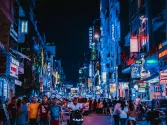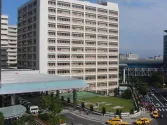Understanding a renewable energy future for Hong Kong
By Peter Hopper & Alice YungEnvironmental advocates believe that in an ideal world wind, water, and solar technologies would provide 100 percent of the world's energy, eliminating all fossil fuels and Nations have discussed the need to cut greenhouse gas emissions for decades.
The global reality however is from 1990 to 2012 the world's energy from fossil fuels barely changed, down from 88 to 87 percent. In 2011, renewables generated less than 10 percent of the U.S. energy supply, and most of that came from "old" renewables, such as hydroelectric plants and burning wood waste from lumbering operations.
After more than 20 years of highly subsidised development, new renewables such as wind and solar and modern biofuels such as corn ethanol have claimed only 3.35 percent of the country's energy supply.
So how achievable is a move to renewable sources under Hong Kong's unique conditions? Hong Kong's power generators and utility regulators must develop a consultative process that effectively reckons the competing goals of the city's electricity requirements versus environmental sustainability.
In Hong Kong, a commitment to environmental protection and air pollution reduction is one of the main objectives of the city's energy policies. It comprises four energy policy objectives: safety; reliability; affordability; and environmental performance.
Finding a consultation process that embodies the right balance among them will be the key to determining an outcome that satisfies all parties' needs.
The city's geographic location affects its air quality and future choices for electricity generation. For example, when Typhoon Soudelor descended towards Taiwan recently, the light winds and intense sunshine brought the concentration of Fine Suspended Particulates (FSP or PM2.5) pollution up to reach 173 ug/m3 (micrograms per cubic metre) of air on average at 3pm, which represents a similar level as Beijing's on that day.
This is significantly higher than Hong Kong's Air Quality Objective and WHO's 24-hour mean value limit of 75 ug/m3 and 25 μg/m3 respectively.

Source: HKSAR Environmental Protection Department website
1. Other fuel combustion sources are defined as sources involving combustion of fuels, other than power electricity generation, road transport, navigation, and civil aviation. Major contributing sources include non-road mobile machineries operating in construction sites and container terminals.
In 2014, more than 8 out of 15 air quality monitoring stations in HK recorded Respirable Suspended Particulates (RSP or PM10) over a 24-hour period for greater than nine times the allowable limit. Electricity generation has been identified as a major source of SO2, NOx, and RSP in Hong Kong, accounting for 47%, 31%, and 16% of total emissions, respectively.
It is also the major source of greenhouse gas (GHG) emissions, contributing over 68% of the total local GHG emissions. There has not been a reduction trend in the past 15 years.

Source: HKSAR Environmental Protection Department website
1. Others includes industrial processes, agriculture, forestry, and the use of fuel for combustion in commercial, industrial, and domestic premises.
Other sources of pollution in Hong Kong are diesel vehicle (the main source of street level pollution), motor vehicles, marine vessels, industry and power plants in Hong Kong and in the Pearl River Delta region, both of which contribute to the regional smog problem.
Over the years, the Hong Kong government has implemented a number of control measures on power sector emissions. They have prohibited the installation of new coal-fired power plants, introduced incentive schemes to encourage power suppliers to meet emission standards, and tightened emission caps for power plants.

Source: HKSAR Environmental Protection Department website
Electricity generation companies have also applied advanced technology, such as flue gas desulphurisation and NOx control equipment. And in recent years they have utilised low emission coal to reduce emissions.
The government has also set emission targets for electricity producers. By 2019, the emission caps of SO2, NOx, and RSP (PM10) are due to be reduced by 63%, 40%, and 44% respectively, compared to their 2010 levels.
Further reductions should be extracted from changing the fuel mix to cleaner fuel, enhancement of efficiency, and conservation on demand side.
In 2013, coal accounted for 57% of overall fuel mix for electricity generation, followed by imported nuclear electricity (22%), and natural gas (21%). By 2020, natural gas and imported nuclear energy are expected to reach 50% and 25%, respectively.
The remaining 25% will be split between coal and renewable energy. The amount of renewable energy will be subject to the public acceptance of the tariff and pricing implications, according to the Environment Bureau.
Determining the future role of renewable and sustainable energy in Hong Kong requires a clear process that rigorously examines the quantitative and qualitative issues that affect all of the stakeholders. Only then can a fully considered and optimal decision be made.
The agenda and process should include steps that:
1. Clarify the goals of the government’s environmental policy in terms of air pollution objectives relative to the type of emission control equipment, mix of fuel types, and the goals for renewable energy;
2. Utilise a broad range of comparable sources of pollution and their solutions in areas such as marine or road transport in order to achieve optimal cost-benefit trade-offs and to learn from the experience of others;
3. Propose solutions that result in a wide range of actions, which will promote a diversity of viewpoints and responses; and
4. Value using the methodology of "Total Economic Framework," that monetises the impact on all the stakeholders, which include shareholders, customers, society and can help with the justifying decision and quicker alignment of thinking.
In addition to understanding the cost-benefit outcomes of all possible strategies, the supply side of renewable energy sources must be carefully considered. Due to the land constrains of Hong Kong, the scale for renewable energy applications will be limited.
Therefore, with such a small impact on total generation, stakeholders need to address the issue: is it even worthwhile for the government and public to spend significant amount of time and effort in designing and debating a policy to promote renewables?
The process may be better utilised by realising their limitations to Hong Kong's situation early in the consultation.
Many countries are advocating policies favouring renewables beyond an economically justifiable threshold. So setting realistic expectations is vital to the process.
Energy efficiency and conservation, reducing emissions from other pollution sources, or switching from coal to gas, adopting nuclear power might actually be more sensible choices.
No absolute best energy policy exists. Rather, all constituents should consider local constraints and unique circumstances when developing policies for sustainable development and addressing environmental priorities.




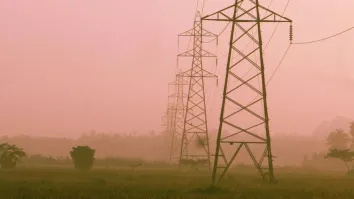
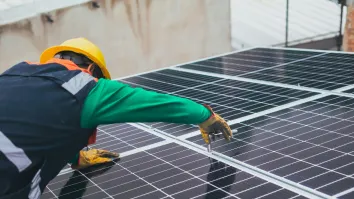

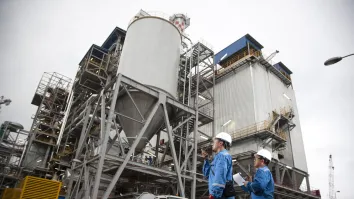
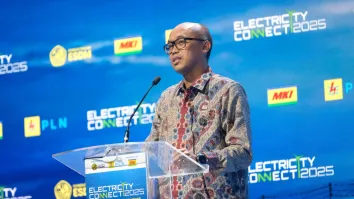
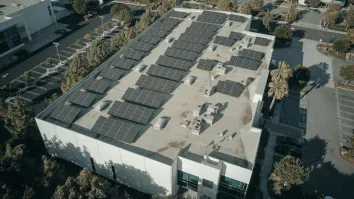

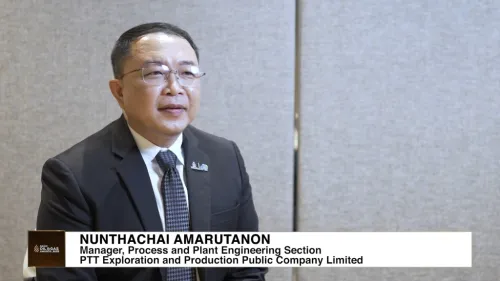
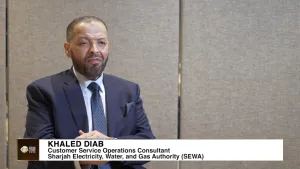
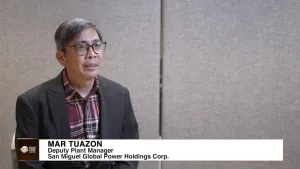
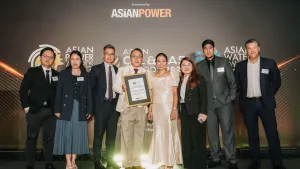
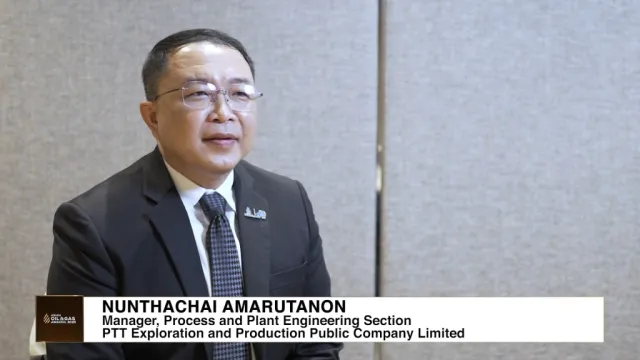

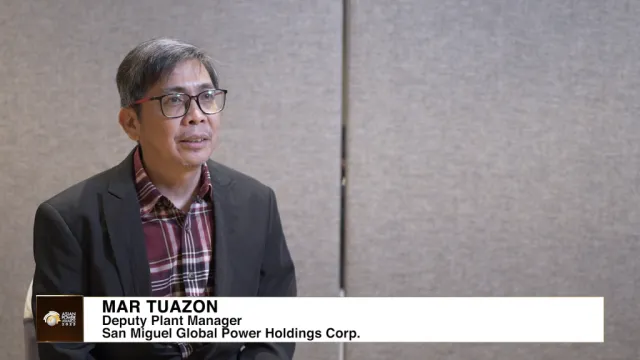
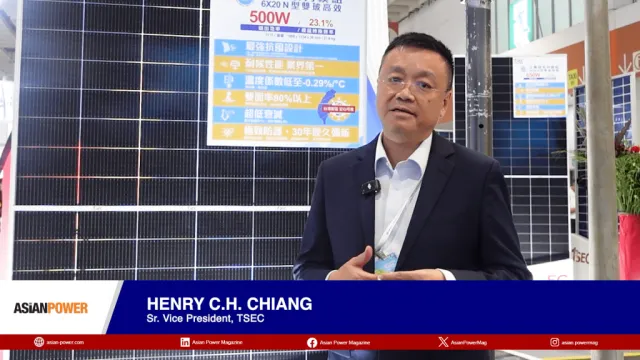

 Advertise
Advertise

